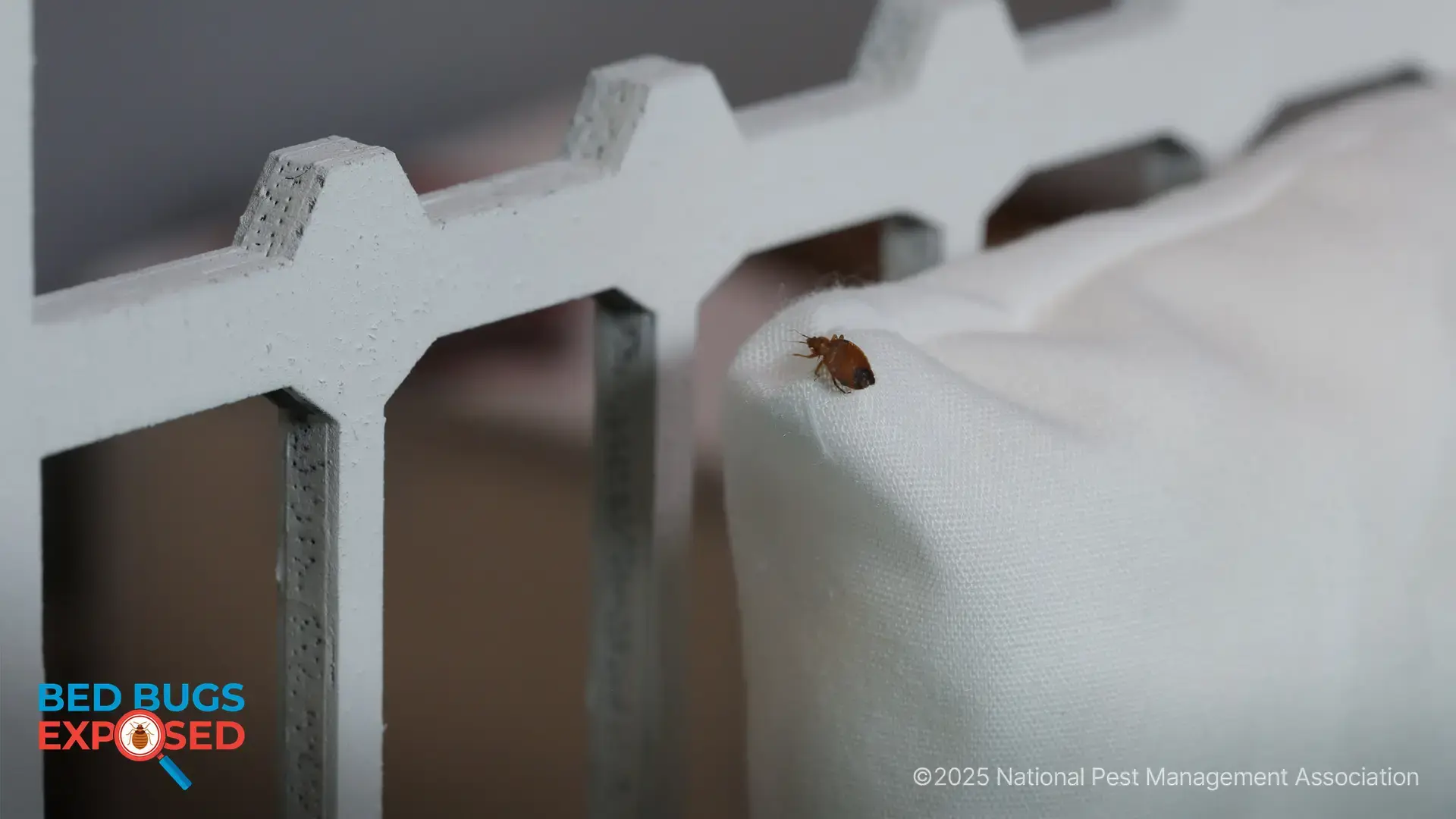Fascinating Facts About Five Invasive Species
Discover some unique information about insects of foreign origin
Over the years, hundreds of invasive pest species have made their way into the United States, posing a growing threat to agricultures, as well as our health and home. In addition to the fact that these pests originated from an exotic location, they also possess some unique characteristics that set them apart from native species.
Fire ants work well as a team.
Originally from Brazil, red imported fire ants were introduced to the United States in 1933 and are now found throughout the southern part of the country. In the event of a flood, a colony of red imported fire ants would be able to stay afloat for days or even weeks by forming a raft. Thousands of fire ants can assemble together in about 100 seconds by locking legs and jaws to repel the water, according to LiveScience.com.
Stink bugs like to hang out in large groups.
The brown marmorated stink bug is an invasive species from Asia that arrived in Pennsylvania in 1996 and can now be found in more than 40 states. When a stink bug finds a suitable place to overwinter, it releases an aggregation pheromone that attracts other stink bugs to its location. This is why you may see (or smell) these agricultural pests congregating en masse on the sides of buildings.
Formosan termites love to eat.
The Formosan termite is originally from China but can now be found in Hawaii, North Carolina, South Carolina, Georgia, Virginia, Texas, Louisiana, Alabama, Florida, Tennessee, and California. This destructive termite species is nicknamed the "super termite" due to its ability to chew through wood, flooring and wallpaper. An average colony can consume one foot of 2x4 wood in 25 days!
European starlings are thieves.
Starlings were introduced to New York in the late 1800s, as part of an attempt to bring animals that were mentioned in Shakespeare's work to America. These birds have grown significantly in population and can now be found across much of the country. European starlings nest in almost any tree cavity or hole. They are notorious for stealing nests from other native birds, such as woodpeckers, bluebirds and flickers.
Africanized honeybees won't give up without a fight.
Africanized "killer" bees arrived in the United States in 1990 and now inhabit Arizona, California, Florida, Nevada, New Mexico, Oklahoma and Texas. Their venom is no more dangerous than regular honeybees, but these stinging insects tend to attack in greater numbers. Even worse, Africanized bees have been known to chase people for more than a quarter of a mile. If this happens to you, run in a zigzag pattern and try to find shelter in an enclosed area. Do not jump in water because they will actually wait for you to resurface.
Learn more.
Want to learn more about invasive species? Read our Insects From Abroad article for more information on these insects of foreign origin. If you suspect an invasive pest infestation on your property, contact a licensed pest professional for assistance.

Learn About Rodents
Rodents invade millions of homes each winter. Learn more about them!

NPMA's Bug Barometer Forecast
The latest Bug Barometer® forecast from the National Pest Management Association reveals what homeowners across America can expect from pest activity this fall and winter.

NPMA's Bed Bugs Exposed Project
Check out NPMA's Bed Bugs Exposed project to learn more about this hitchhiking pest and how to prevent an infestation at home.
Find a PEST PRO in your area

Learn About Rodents
Rodents invade millions of homes each winter. Learn more about them!

NPMA's Bug Barometer Forecast
The latest Bug Barometer® forecast from the National Pest Management Association reveals what homeowners across America can expect from pest activity this fall and winter.

NPMA's Bed Bugs Exposed Project
Check out NPMA's Bed Bugs Exposed project to learn more about this hitchhiking pest and how to prevent an infestation at home.
